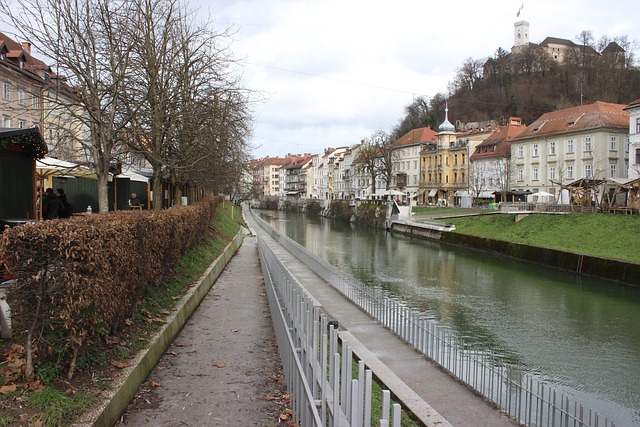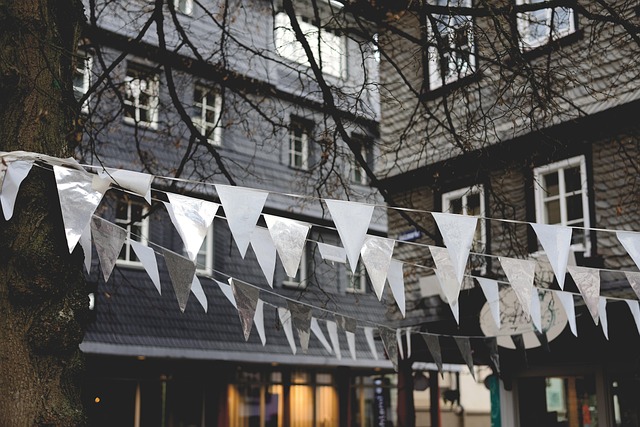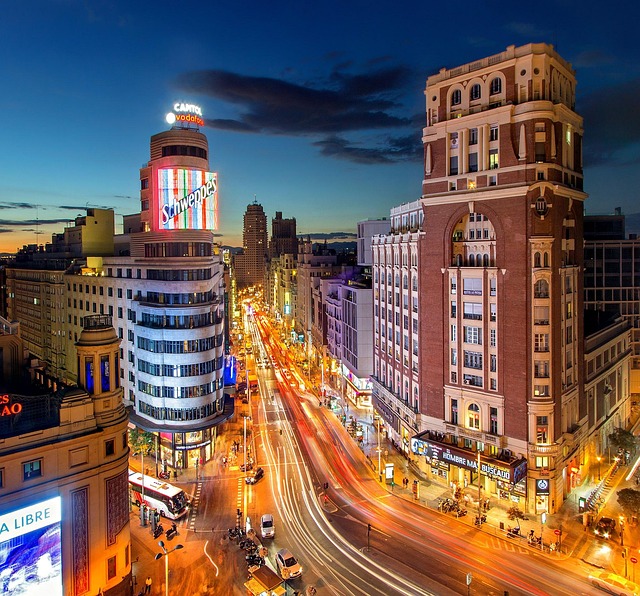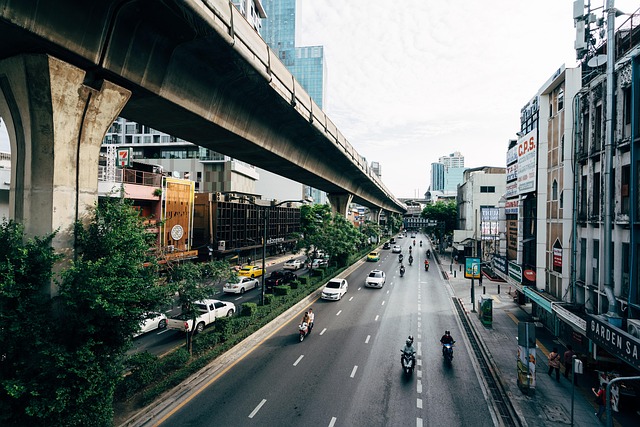Karachi's unique landscape is defined by two iconic neighborhoods: Cantt, a strategically located military area with organized layouts and upper-middle-class residents, and Saddar, the vibrant commercial center known for its bustling markets, diverse culture, and high-end shopping. These distinct areas reflect Karachi's blend of military tradition and cosmopolitan life, showcasing the city's rich social and cultural tapestry.
Karachi, Pakistan’s vibrant metropolis, is defined by distinct neighborhoods like Cantt and Saddar. This article delves into the geographic, historical, social, cultural, and economic factors that have shaped these areas into unique entities. Understanding the divide between Cantt and Saddar offers a glimpse into Karachi’s complex tapestry, revealing how spatial separations influence the city’s identity. Explore the contrasting landscapes to appreciate the diverse facets of Pakistan’s bustling metropolis.
- Understanding Cantt and Saddar: The Geographic Divide in Karachi
- Historical Background: How These Areas Evolved Separately
- Social and Cultural Dynamics: A Comparison of Neighborhoods
- Economic Differences: Exploring the Commercial Landscapes of Cantt and Saddar
Understanding Cantt and Saddar: The Geographic Divide in Karachi

Karachi, Pakistan’s vibrant metropolis, boasts a unique geographic divide between Cantt and Saddar—two areas that have distinct characteristics and histories. Cantt, short for Cantonment, is primarily a military area housing various branches of the Pakistani Armed Forces. Its strategic location along the Arabian Sea coast has historically made it a crucial defense hub. In contrast, Saddar is the bustling commercial heart of Karachi, known for its lively streets, vibrant markets, and diverse cultural offerings. This divide isn’t merely physical; it reflects the city’s evolution into a melting pot of military tradition and cosmopolitan life.
The geographic separation between Cantt and Saddar has shaped the socio-economic dynamics of Karachi. While Cantt maintains a more structured, disciplined atmosphere, Saddar embodies the energy and diversity of the metropolis. Understanding this divide offers insight into the multifaceted nature of Karachi—a city where military heritage seamlessly intertwines with modern urban life.
Historical Background: How These Areas Evolved Separately

Karachi, the vibrant metropolis, boasts distinct neighborhoods that have evolved over time, with Cantt and Saddar being two such iconic areas. The historical background of these districts reflects the city’s diverse cultural influences and administrative changes.
Cantt, short for Cantonment, has its roots in the colonial era when the British established a military presence in Karachi. This area developed as a planned residential and commercial hub for military personnel and later attracted a diverse mix of residents. In contrast, Saddar, once a small village, transformed into a bustling commercial center during the post-Independence period. It became the heart of Karachi’s trade and commerce, with a rapid urban expansion and the rise of modern architecture. These separate evolutions have shaped Cantt and Saddar into unique entities within the sprawling metropolis of Karachi.
Social and Cultural Dynamics: A Comparison of Neighborhoods

Karachi, Pakistan’s vibrant metropolis, is home to diverse neighborhoods that reflect the city’s rich social and cultural tapestry. Among these, Cantt and Saddar stand out as distinct entities, each with its unique character. Cantt, short for Cantonment, has historically been associated with the military and upper-middle-class families. It boasts a more organized layout, with tree-lined streets and well-maintained parks, fostering a sense of community among its residents. In contrast, Saddar is renowned for its bustling commercial activity and vibrant cultural scene. This neighborhood attracts entrepreneurs, artists, and a diverse range of people from various walks of life, contributing to an energetic atmosphere that permeates throughout Karachi.
The social dynamics between Cantt and Saddar showcase the dichotomy within Karachi’s urban fabric. While Cantt offers a serene and structured environment, Saddar embodies the hustle and bustle of everyday city life. This contrast highlights how neighborhoods shape the experiences and interactions of their inhabitants, creating a multifaceted cultural landscape that defines the essence of Karachi.
Economic Differences: Exploring the Commercial Landscapes of Cantt and Saddar

Karachi, Pakistan’s vibrant metropolis, presents a fascinating contrast between its commercial hubs—Cantt and Saddar. These areas showcase distinct economic landscapes that reflect the diverse nature of the city. Cantt, short for Cantonment, is renowned for its strategic importance and has evolved into a major commercial center. It boasts a mix of traditional markets and modern shopping malls, catering to a wide range of consumers. The area is known for its affordable prices, making it a popular destination for local businesses and budget-conscious shoppers.
In contrast, Saddar stands as the historic financial district, attracting both locals and expatriates with its sophisticated ambiance. This section of Karachi is home to high-end corporate offices, luxury brands, and exclusive boutiques. The commercial streets buzz with activity, offering a premium shopping experience. Saddar’s economic landscape reflects the city’s growing sophistication, where business opportunities thrive alongside a diverse range of consumer needs.
Karachi’s urban landscape is defined by distinct zones like Cantt and Saddar, each with its unique history, culture, and economy. Understanding this geographic divide offers insights into the complex tapestry of Pakistan’s largest city. The article has explored how historical separations have shaped these neighborhoods, resulting in contrasting social and economic dynamics. Moving forward, acknowledging these differences is crucial for fostering a more inclusive and vibrant Karachi, where both Cantt and Saddar can thrive and contribute to the metropolis’s overall prosperity.
